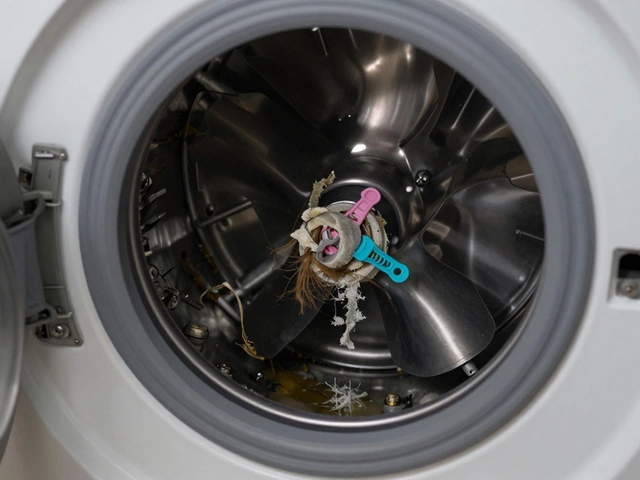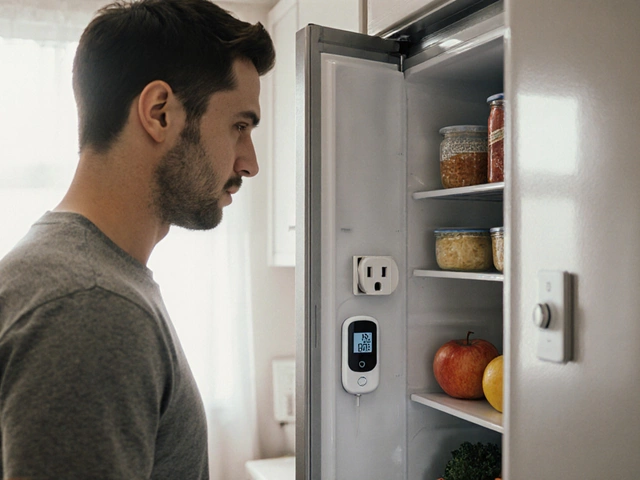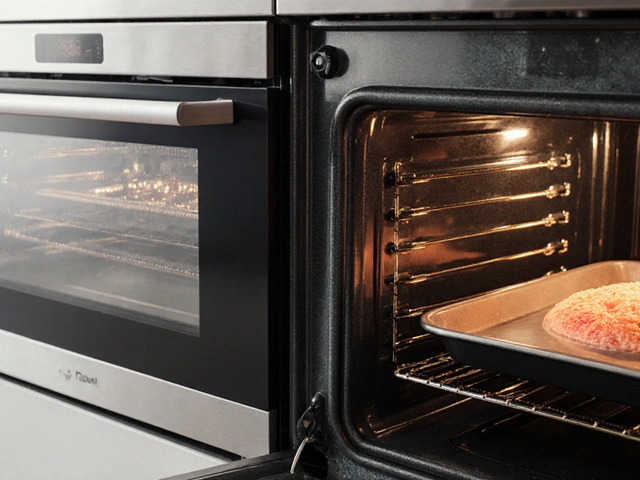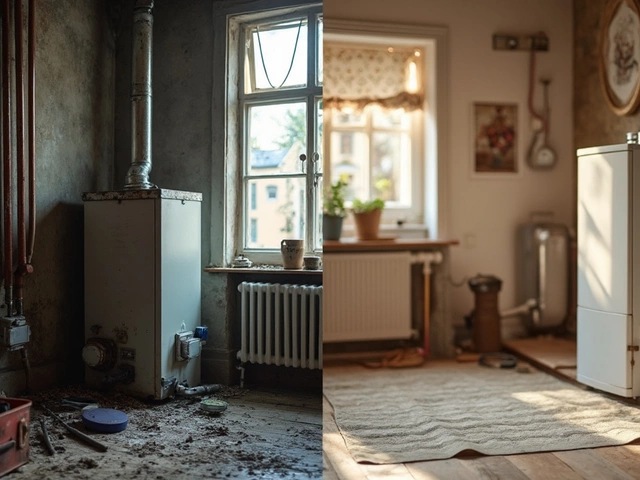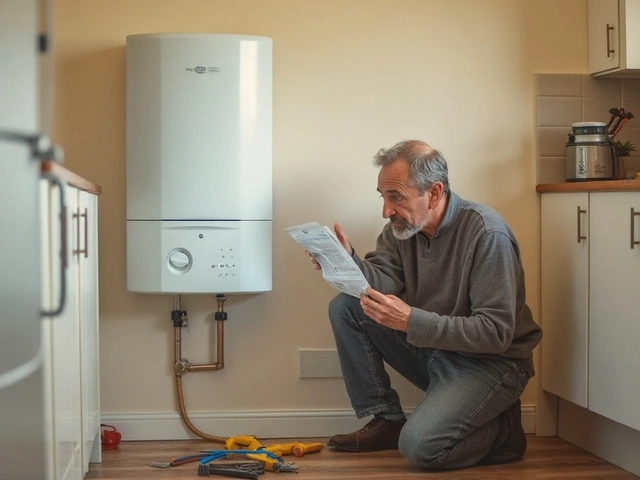What Is the Most Common Washing Machine Failure?
December 1 2025Replace Freezer: Know When It’s Time and How to Deal
If your freezer is humming but not keeping food frozen, it’s easy to wonder whether a cheap fix will do or if you need a brand‑new unit. The truth is, a few simple checks can tell you fast whether a repair will save the day or a replacement is the smarter move. Below we break down the most common warning signs, quick DIY tests, and what to expect when you call in a professional.
Top Signs Your Freezer Needs Replacing
1. Consistent warm spots. If a shelf or drawer stays above 0 °C even after a full cycle, the insulation or sealed system may be compromised beyond repair.
2. Frequent motor cycles. A unit that runs non‑stop is working harder than it should. This usually points to a failing compressor or a refrigerant leak – both expensive fixes.
3. Obvious frost build‑up. A thick ice layer inside the freezer means the defrost timer or heater has given up. Replacing those parts can cost a few hundred pounds, but if the freezer is already 12‑15 years old, a new model often offers better energy efficiency.
4. Leaking water. Water pooling at the bottom or under the appliance suggests a cracked drain pan or a broken door seal. While you can replace a seal yourself, a cracked pan usually means the whole unit is near the end of its life.
5. Unusual noises. Rattling, clicking, or grinding sounds often come from a worn‑out fan or a failing compressor. If the sound is constant, you’re looking at a major repair bill.
DIY Checks and When to Call a Pro
Before you pick up the phone, try these quick steps:
Check the temperature dial. Make sure it’s set to the recommended ‑18 °C (0 °F). Sometimes accidental changes cause temporary warming.
Clean the condenser coils. Dusty coils reduce cooling efficiency. Unplug the freezer, pull it away from the wall, and vacuum the coils with a soft brush. If performance improves, you’ve saved a visit.
Inspect the door seal. Close a piece of paper inside the door. If you can pull it out easily, the seal is leaking air and should be replaced.
If none of these fixes restore proper cooling, it’s time to call a qualified gas engineer or appliance specialist. Certified professionals can safely test refrigerant levels, diagnose compressor health, and ensure any work complies with safety regulations. Trying to service a sealed‑system component yourself is not only risky but also illegal in many areas.
When you book a service, ask for a written quote that separates parts, labour, and any disposal fees. A typical replacement for an average‑size freezer runs between £350‑£650, plus installation. Compare that with the repair estimate; if the labour alone is more than half the cost of a new unit, replacement wins.
Finally, think long‑term. Modern freezers are far more energy‑efficient than models older than ten years. Upgrading can shave a few hundred pounds off your annual energy bill, paying for itself within a few years.
Bottom line: if your freezer shows multiple warning signs, is over a decade old, or the repair quote approaches half the price of a new one, replace it. A professional install ensures the job is done right, keeping your food safe and your home efficient.
 17 Jul
17 Jul
Freezer Repair vs. Replacement: Ultimate Guide to Lower Costs and Smart Choices
Wondering if repairing or replacing your freezer is cheapest? This guide breaks down costs, life spans, repair tips, and helps you make the smartest, most affordable choice.
Read More...